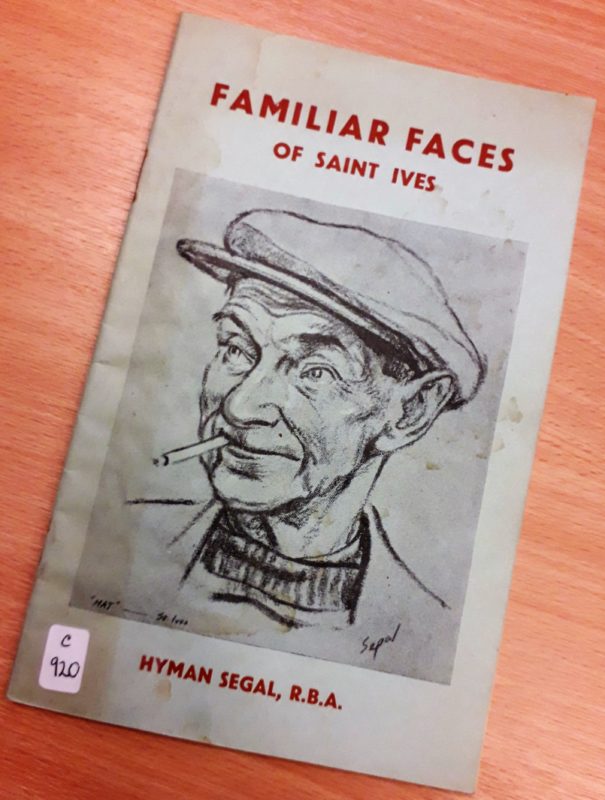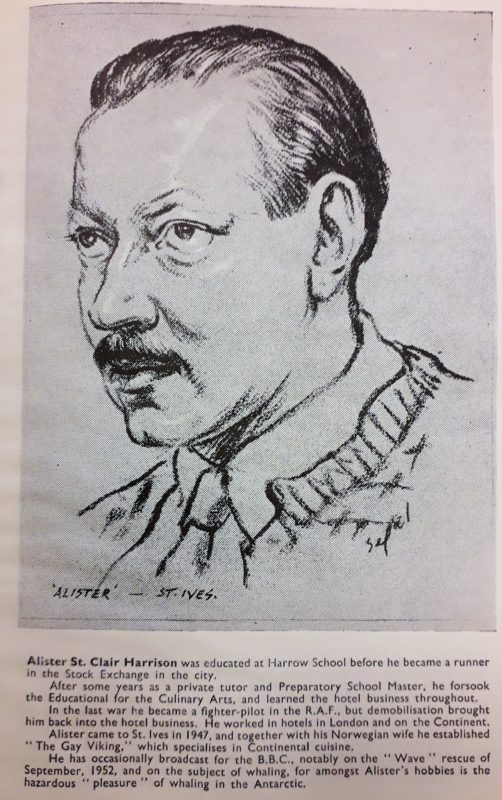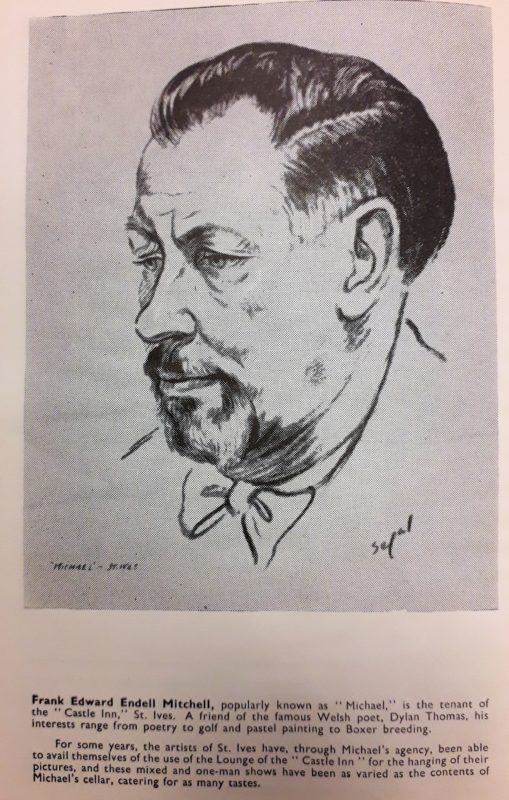Growing Up in West Cornwall – the latest volume from the Penwith Local History Group
A new book from the Penwith Local History Group

The Penwith Local History Group (PLHG) has enjoyed a strong relationship with Morrab Library for many years. The group undertake important and fascinating research into West Cornwall and are based here at the library, meeting regularly and making us of our collections.
Their latest book, Growing up in West Cornwall, follows a long line of important and valuable works by the PLHG. This is their 11th title, the first being published in 1990. Previous volumes have covered topics as diverse as farming, Cornish women, and the Naploeonic era, as well as highlighting the treasures of Morrab Library’s collections. A full list can be found on their website: http://www.penwithlocalhistorygroup.co.uk/publications/
All of the publications provide a detailed insight into their subject with evidence of extensive research, yet written in a thoroughly engaging style, making them accessible to a wide range of readers be it for academic use or just personal interest.
Growing Up in West Cornwall is no exception. As it says on the tin, it brings to life the experience of childhood in West Cornwall, from as far back as the seventeenth century, taking us up to the 1960’s. There are numerous fascinating illustrations and photographs throughout, which are invaluable in helping to tell the variety of stories that emerge from the pages. It combines the use of archival records such as school logs and parish records, alongside personal recollections from the contributors and people they have interviewed. There are also very extensive subject, school and surname indexes at the end, a useful bibliography, and excellent footnotes and references throughout – essential for researchers.
Growing up in West Cornwall talks of all aspects of childhood, including of course schooldays and playtime, but also work, when many children were expected to take up labour at such young ages, working with the fisherman, in the fields and even with the undertakers!
All sorts of fascinating stories have emerged – we learn that in 1600, boys from the age of 7 had to practise their archery in the Zennor churchyard, and that all young men from the age of 16 were obliged to bear arms. We are told of library books needing to be burnt after an outbreak of deadly measles in St Erth in 1917. And the stories about the bad behaviour of the boys at the Recreation Ground after it opened in 1893 prove that some things never seem to change!
For Morrab Library, the group’s ability and avidity in using the library’s collections of books, archives, newspapers and photographs to bring the stories of the events and people of West Cornwall to life is so important to us. The PLHG contributors’ hard work and research skills ensure that our collections remain relevant and interesting to not only our members, but the wider community, creating an awareness of them and encouraging others to make use of them. The Library looks forward to continuing its work with the PLHG in the future.
You can borrow a copy of Growing up in West Cornwall or purchase your own from the library’s front desk, at a cost of £10.
Lisa Di Tommaso, Librarian



